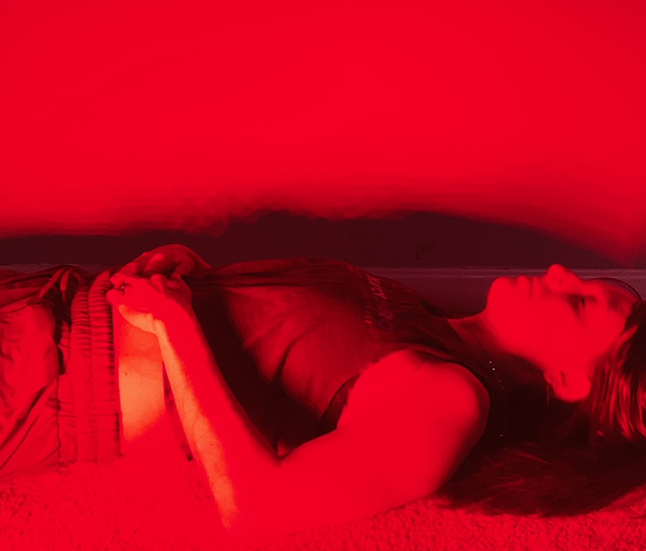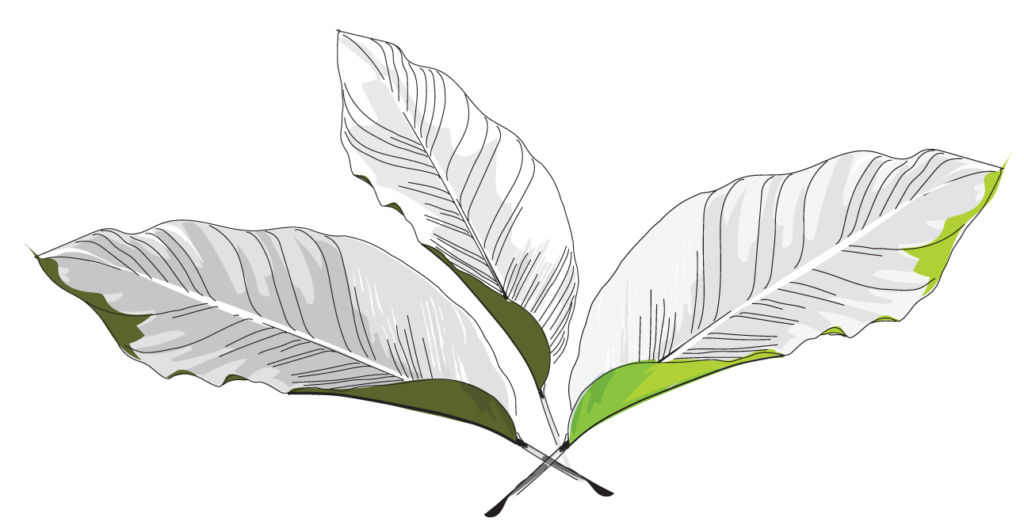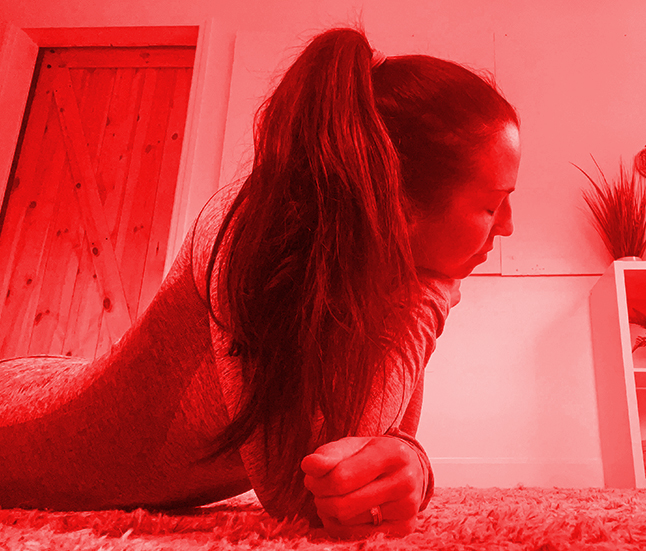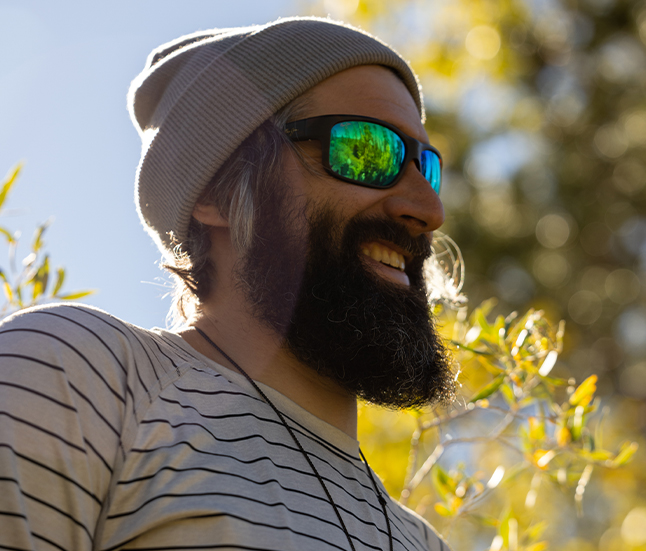
join our light waitlist
yesterday's medicine
The concept of the power of light for healing purposes has been around for thousands of years. Our ancestors never had to think about the amount of light they got every day, they received the perfect blend of light provided by the sun during the day and around the fire at night.
The therapeutic properties of light have been used as far back as the ancient Egyptians, who treated various ailments using solariums fitted with colored glass.
The ancient Greek city of Heliopolis (City of the Sun) was renowned for its healing temples that used the sun to heal people suffering from various ailments.
In 1910, John Harvey Kellog published a book called Light Therapeutics, which outlined the many benefits of light therapy using incandescent light bulbs and arc lights.

light therapy
With the invention of laser (light amplification by stimulated emission by radiation) in 1960 by American Physicist Theodore H Maiman, scientists and physicians began to use lasers to deliver therapeutic levels of light.
One such physician and surgeon was Hungarian Endre Mester (1903-1984), who discovered that a low-level ruby laser light could regrow hair and accelerate the healing process in mice.
The concept that “sunlight was medicine,” and considered necessary for human health eventually became general knowledge. Heliotherapy, or sunlight therapy, is more commonly known now in modern medicine as photobiomodulation (PBM) or low-level laser light therapy (LLLT).
‘Over the past 100 years, and with a rapid increase in research in the last 20 years, red and infrared light therapies have been studied extensively on humans and animals for dozens of diseases and conditions and found to be safe and have efficacy. Since the cellular metabolic process for humans and other creatures are similar, the observed health benefits are often similar or uniform among different species.’
-- Michael R. Hamblin --
today's science
Just like plants depend on sunlight to flourish, the human body is dependent on light for its health and wellbeing. Light is a necessary nutrient for our cells to function well, like the nutrients our cells get from food.
Over the last several decades scientists and medical professionals have published thousands of studies on the power of light therapy or photobiomodulation and the positive effects it has on cell function and its use to improve a wide variety of health conditions.
Photobiomodulation (PBM), is the use of light technology to penetrate visible and invisible light wavelengths into our body to power up our cells and promote our body’s natural healing process. The most common lights used in PBM are low levels of red or near infrared light (NIR), hence the therapy is commonly referred to as Red Light Therapy (RLT).
The many other names for Red Light Therapy (RLT) include low-level laser therapy (LLLT), low intensity light therapy (LILT), phototherapy, photobiostimulation, biostimulation (BIOS), photonic stimulation, photomedicine, cold lasers, among others.

Electromagnetic Spectrum and Red light therapy
Light is radiation in a specific range of the electromagnetic spectrum. Waves of light in the electromagnetic spectrum range from very small waves (gamma rays) to large wavelengths of light (radio waves).
Light measurements are typically quantified by the amount of energy emitted (or the number of photons) as a function of wavelength (measured in nanometers – nm). Only a tiny part of this electromagnetic spectrum is visible to the human eye – from 400nm to 700nm.
Within the electromagnetic spectrum, there are 5 types of light that can affect the function of our cells. These lights are referred to as “bioactive”. Our health is influenced by the amount of bioactive light we get each day. Here’s how each can affect our health:
through our eyes, sets our circadian rhythm clock in our brain (suprachiasmatic nucleus), regulating multiple neurotransmitters and hormones in our body.
(UVB) interacts with our skin, bio-synthesizing vitamin D from the sun.
heats up our cells stimulating changes in cell function and circulation.
acts on our cell’s mitochondria to increase ATP production.
(NIR) acts on our cell’s mitochondria to stimulate ATP production as well as to create temporary low dose metabolic stress (hormesis) that builds our cell’s anti-inflammatory and antioxidant defense systems.
Sounds too good to be true?
It’s science. The health of every organ and every cell in the body depends on energy being produced by the mitochondria in those cells. Cells skin, gland or brain – when the mitochondria produce more energy, the cells work better.
Red and near-infrared light are part of the spectrum of light (electromagnetic spectrum) emitted by the sun (and by fire light too). RL and NIR light wavelengths can reach into our tissue (several centimeters) and penetrate our cells, tissues, nerves, rods/cones, brain, and bones. Increase energy production, modulate inflammation, relieve pain, improve cell regeneration.
The highest part of the visible spectrum of light is red light, which is from 600-700 nm. Near Infrared light is not visible to the human eye, from roughly 700-1400 nm.
Most of the research surrounding the bioactive effects of red and near infrared light fall in specific ranges of 630-680 nm and 800-880 nm.
Modern living with limited sun exposure and artificial lights has led us down a path of RL and NIR light deficiency.

heal yourself
So what does all of that mean for you?
Light can also be used as a safe, effective, cost effective and natural therapy with little to no side effects. Light therapy benefits include improved sleep & mood, reduced pain & inflammation, and improvements in a long list of other health conditions.
Getting natural sunlight early in the day is the best way to harness the natural healing power provided by the sun. However, when supplementing with light therapy boxes or devices you do not need to buy an expensive laser or costly weekly red light treatments to see and feel the benefits of Red Light therapy.

Pain & Inflammation
Sunlight early in the day is great for reducing inflammation on a systemic level. However, if you want to provide a localized area of the body more additional light to benefit its healing and repair process, then consider light therapy devices.
Red Light and Near Infrared Light therapy stimulates your body’s natural healing process at the cellular level – there is increased ATP (cellular energy) production, protein synthesis, blood flow, oxygenation of tissues, and reduced inflammation and protection. Light therapy has an established history as a proven treatment for many different types of pain – acute injuries, chronic pain, joint pain, tendonitis, nerve pain, arthritic pain or fibromyalgia. Pain and anti-inflammatory medications used regularly can have several side-effects, which leads people to try alternative and natural options.
Chronic inflammation in our body can lead to many different diseases that we suffer from. Starting light therapy makes your cells more resilient and tolerate stress.
sleep
Light therapy for sleep is powerful and simplistic.
The time of day that you get sunlight on your skin matters for the quality and quantity of sleep you get at night. Getting natural sunlight in your eyes early in the day for 30 minutes is highly recommended to improve your “sleep wake” cycle or circadian rhythm.
Circadian Rhythm Sleep Disorders are common with modern day exposure to artificial lights, bright lights and blue lights – especially when these lights are used in the evening hours.
Optimize your sleep by limiting your use of artificial lights to the daytime, getting natural sunlight in the first couple hours of your morning, and using red light in the evening hours in your home. Simply ensure that all bright lights are off after dark, and that your environment has a low level of red wavelength light to cue your body for sleep.


Mood & Mental Health
There is no questioning the power of being the sun to lift one’s mood. With exposure to sunlight our body increases production of feel good chemicals (neurotransmitters).
There is a cumulative benefit with light exposure to reduce inflammation in our body and improve our sleep which in turn can balance our mood.
Inadequate exposure to light can lead to illness and disease affecting our mental health. Red light therapy improves how our cells make energy.
Fall and winter are important times to supplement your light exposure if you are unable to get adequate natural light in your day. You can boost your energy levels and balance your body’s chemicals with light therapy sessions in your home.
red light heals
Brain Health & Cognition
An emerging and exciting application for red light and near infrared light is for brain health. Red Light therapy has been shown to have a neuroprotective and neurodegenerative effect on brain tissue.
Science supports the use of photobiomodulation for stroke, traumatic brain injury, dementia, alzheimer’s disease, parkinson’s disease, symptoms of depression, PTSD or Post-traumatic stress disorder and for the treatment of mood disorders including bipolar disorder, major depressive disorder and seasonal affective disorder or SAD.
At the cellular level, red light therapy delivered on the head can boost mitochondrial function and the production of ATP in brain cells , improve cerebral blood flow (nitric oxide release) and reduce oxidative stress in brain tissue. These effects are helping people with improved brain function, memory and mood.
red light heals
Performance & Recovery
Photobiomodulation triggers molecular and cellular changes in the tissue specifically beneficial for the healing and repair of damaged tissue. has been used for several years to improve muscular performance, reduce muscle fatigue, treat soft tissue injuries and decrease the recovery process after an activity or injury.
Research shows red and infrared light therapy is safe, natural and effective at preventing muscle fatigue, decreasing inflammation, reducing oxidative stress, reducing muscle soreness after activity and improving fatigue resistance.
red light heals
Skin Health
Natural sunlight is known to have amazing healing abilities for our skin. Natural sunlight can provide relief from a variety of skin conditions including eczema, psoriasis, acne, scleroderma, and dermatitis. It is recommended to get your natural sunlight directly on your skin early in the day, reducing UV ray exposure and the risk of sunburn and maximizing the healing power of the sun’s rays.
Red Light Therapy for dermatological effects is a very popular, effective, safe and natural approach to help skin rejuvenation. Light therapy lamps providing short periods of light exposure can help stimulate collagen production, reduce fine lines and wrinkles, heal acne, prevent breakouts, reduce the appearance of scars and stretch marks, help with skin discoloration and sunspots, reduce inflammatory skin condition symptoms (eczema, psoriasis) and heal wounds.
*Red and near infrared (NIR) light devices have been FDA-approved for antiaging, hair loss reversal, acne treatment, pain relief, slow healing wounds, and fat loss.

let's talk light therapy
Want to dive deeper into Light? Chat with other light enthusiasts? All that and more!
Research reviews


red light and the sleep quality and endurance performance of Chinese female basketball players
